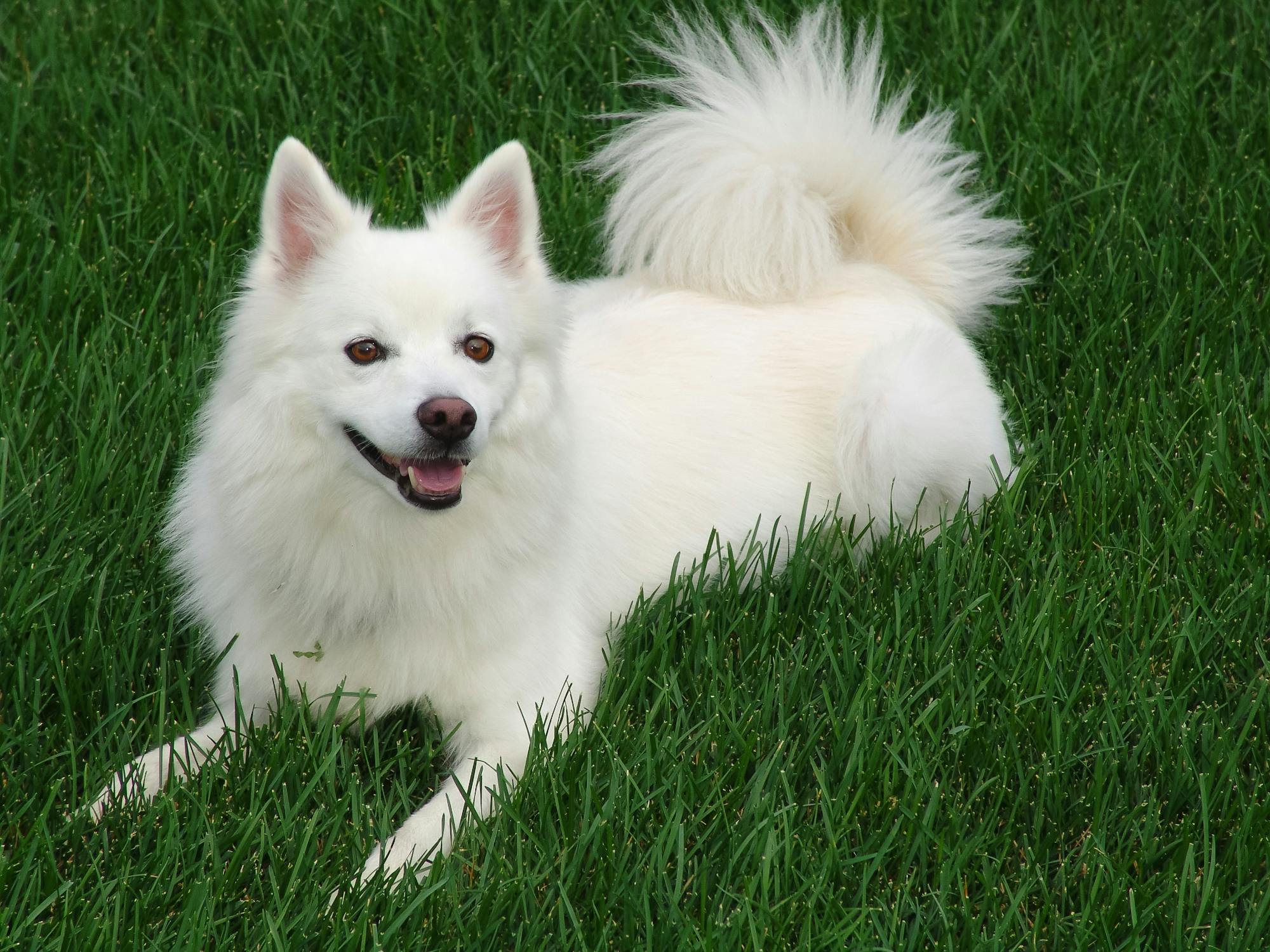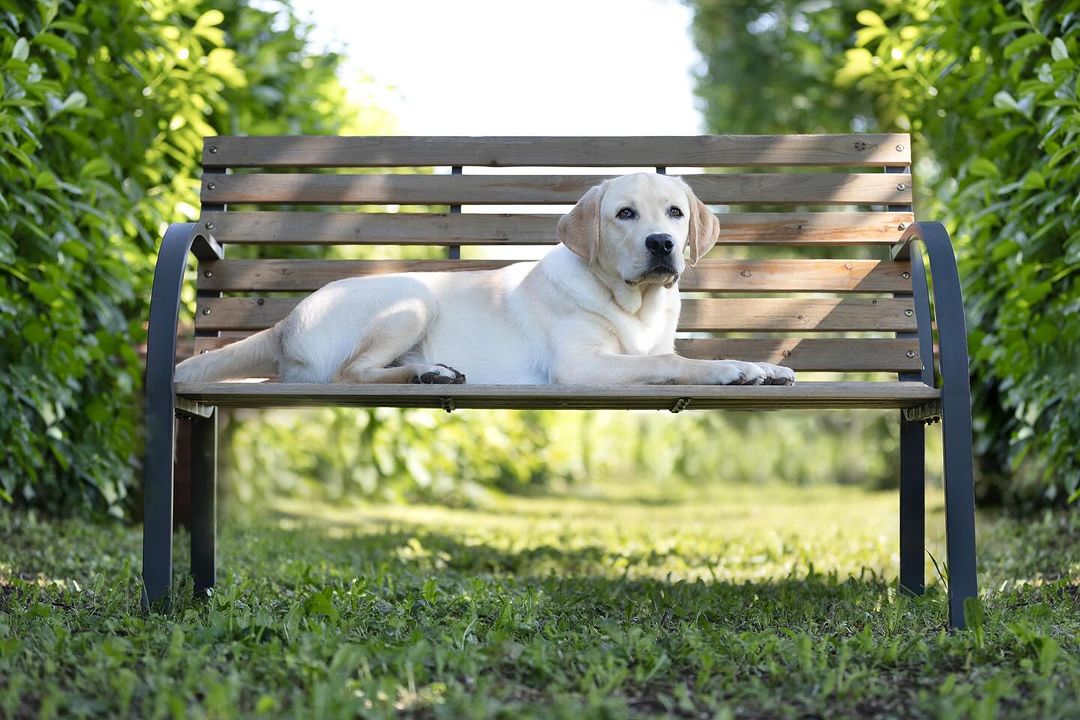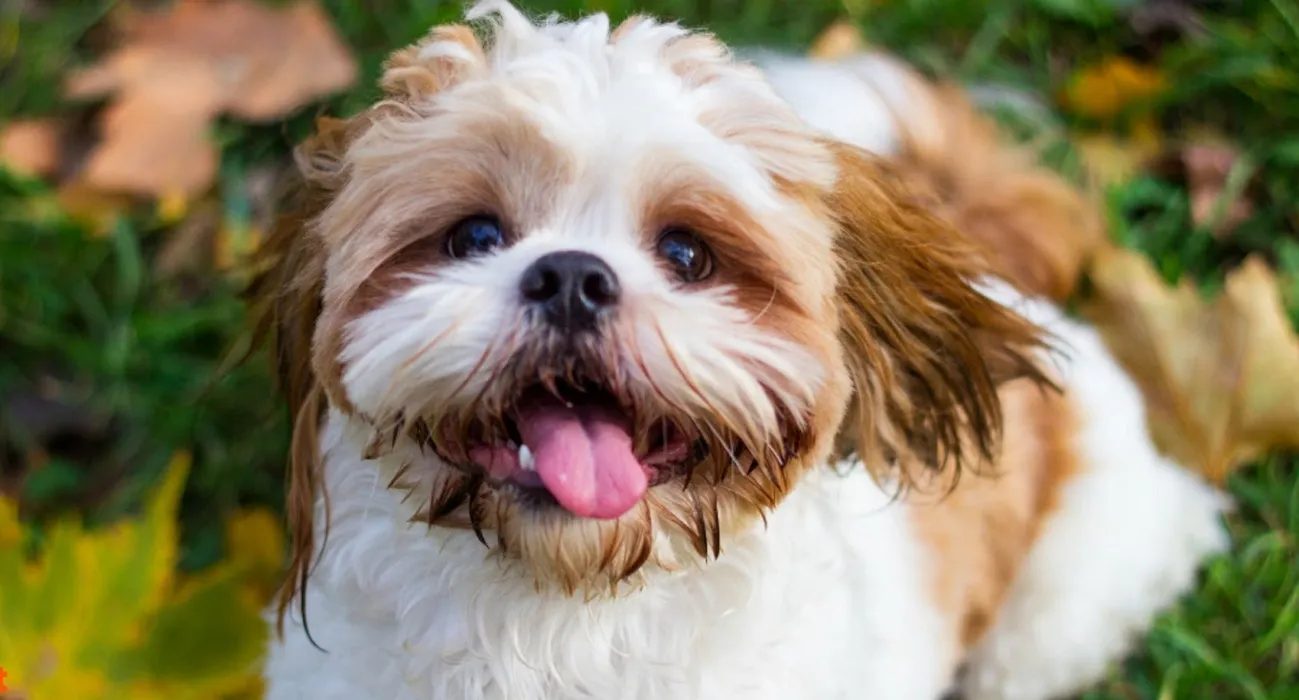The Indian Spitz is the most popular and adored breeds in India. Indian Spitz has a cheerful personality, friendly nature and is apartment friendly. It is a great companion dog and also called Indian Pomeranian.
Indian Spitz is friendly, alert and obedient. It adapts itself in small spaces and acts as a guardian dog. They are content with just regular walks and playtime rather than extensive exercise. These dogs are friendly with kids and other pets. They're active and alert nature is suitable for urban lifestyles. Let's take a closer look at their temperament, along with health and training requirements.
Indian Spitz Vitals & Must-Know Facts
History and Origins of the Indian Spitz
Indian Spitz dogs originated in the nineteenth century as companion breeds. The British occupying forces introduced them to India. In the 1980s, this breed became well known in our country as they were readily available and resembled foreign dogs.
They are alert, small dogs that work well as indoor guards. They resemble German Shepherds in appearance, but they have much more fur and a smaller bone structure.
Indian spitz dog breed was adaptive to the Indian climate and living conditions. These dogs became extremely popular in our country, especially among urban families, because of its small size and low maintenance requirements.
They developed a loving, lively, and alert temperament, which makes them an excellent home dog and watchdog. Cities expanded, and the Indian Spitz smoothly adapted to modern-day apartment living and remained a valued family pet for decades.
Indian Spitz Temperament & Personality Traits
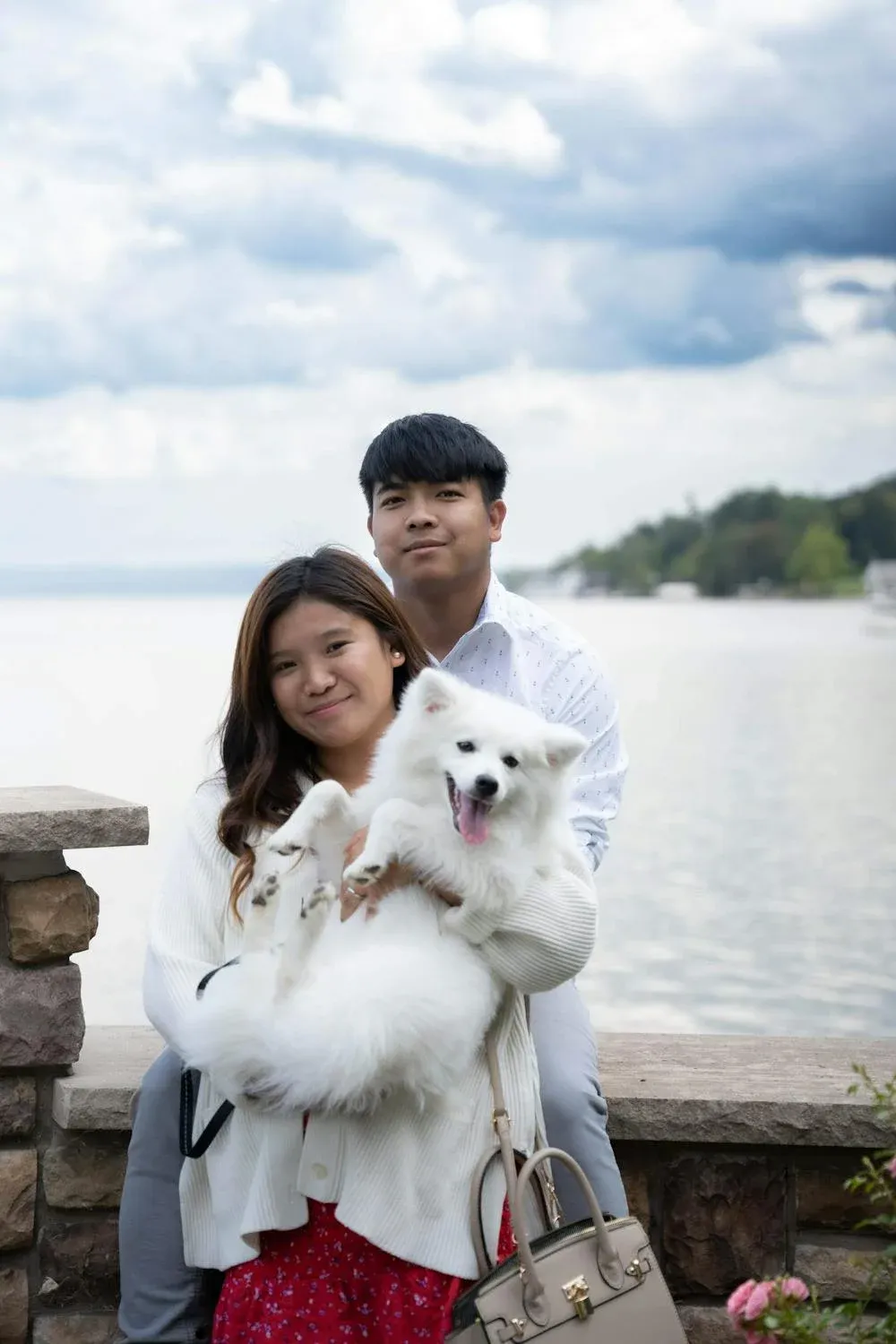
People love Indian Spitzes for their pleasant personalities. They have a pleasant personality and can develop strong emotional connections with humans.
Indian Spitz Temperament
- Indian Spitz's are alert. They're watchful and thus prove to be excellent watchdogs.
- These dogs are friendly and enjoy spending time with their families, which makes them excellent apartment dogs.
- Indian Spitz's are not aggressive. If they find any strange activity or sound, they bark.
- Indian Spitz's are easily adaptable to various living spaces and climates.
- Indian Spitz’s are energetic and playful. With regular exercise and mental stimulation, they remain happy and healthy.
- They are also protective against strangers and sometimes aggressive toward other dogs in their territory.
- Indian Spitz are loyal to their family and protect their family members and home.
- Indian Spitz are affectionate and loyal; they can also exhibit independence. This nature may sometimes look stubborn. Thus, constant training is essential.
- Indian Spitz's are clever and highly trainable; thus, we can often see them in dog shows and competitions.
Is an Indian Spitz Suitable for Your Household?
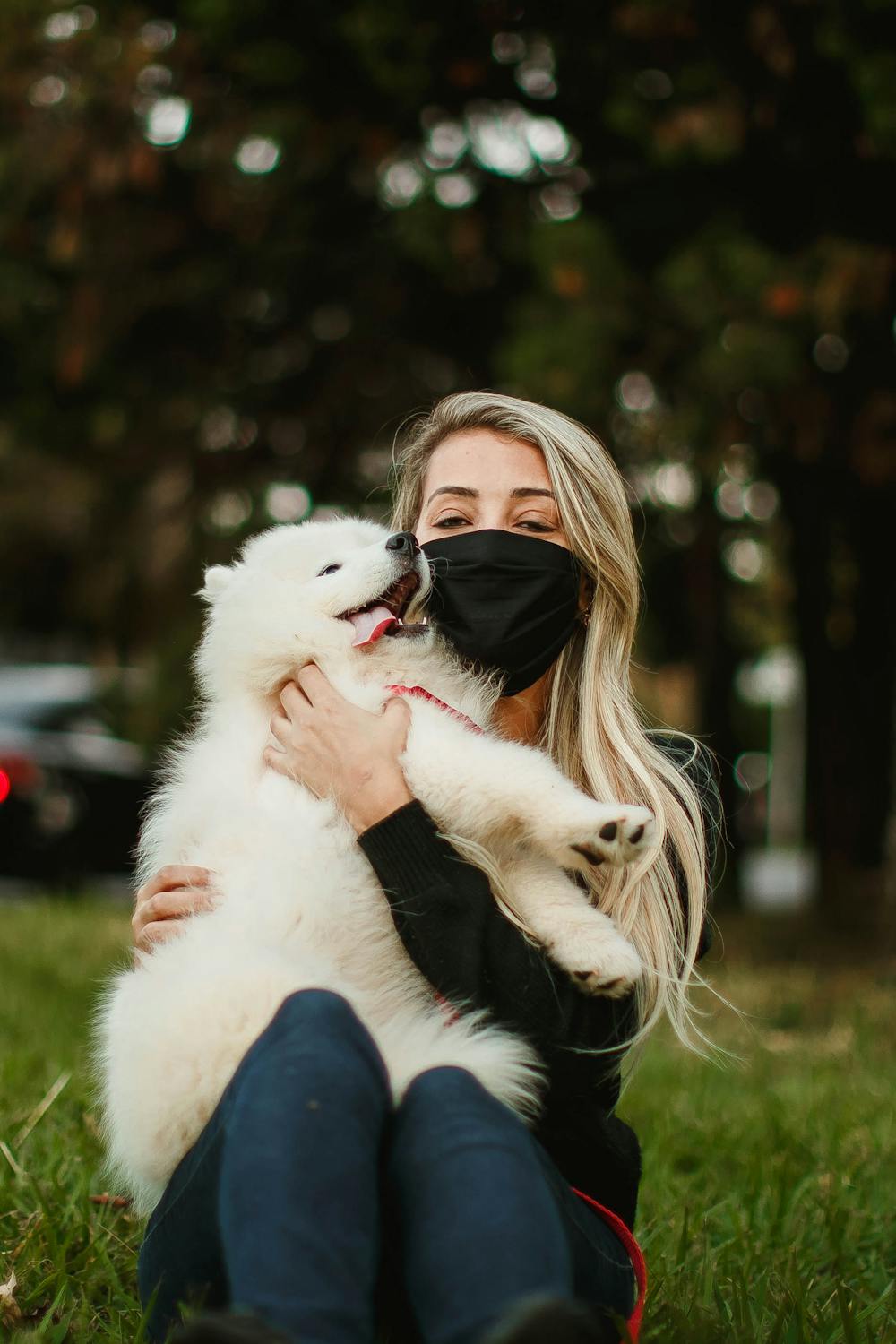
Indian Spitz are active, and adapt well in different climates and living environments. Thus, they are suitable for various family structures. They are great companions, even for families with children. Their loving and energetic personality keeps children engaged. For singles, they prove to be a good companion dog.
Indian Spitz is also the best choice for couples looking for a joyful and a caring dog. Their loyalty and dedication create a strong bond in any relationship. Regular walks, playtime or activities, and mental stimulation will keep them engaged and happy.
Indian Spitz dogs are adaptable to changing climates. They have a thick double coat, which keeps them cool in a warm environment and protects them in cold conditions. Thus, Indian Spitz is an excellent family dog and a great companion for any household.
Indian Spitz Exercise & Training
Training Indian Spitz is an enjoyable process. They are energetic dogs and learn commands quickly. They are ready to please; therefore, they are easy to train and respond to positive reinforcement. But they need consistent training.
Training baby Indian Spitz dogs emphasizes socialization and obedience. Barking is an instinct for them. Therefore, it's necessary to address it during training sessions.
Practical training tips
1. Start with basic commands like come, stay, or sit.
2. Daily exercise is required for physical and mental health.
3. Regular walks and some indoor activities keep them engaged.
4. Indian Spitz's temperament is active and curious, which makes recall training extremely important.
Training sessions should create a bond between you and your pet. Proper training, exercise and care makes Indian Spitz an ideal family dog.
If you are looking for reliable support in maintaining a healthy routine for your Indian Spitz, check out our dog walking services. Our expert walkers provide the required amount of exercise and socialization.
Indian Spitz Diet & Food Chart
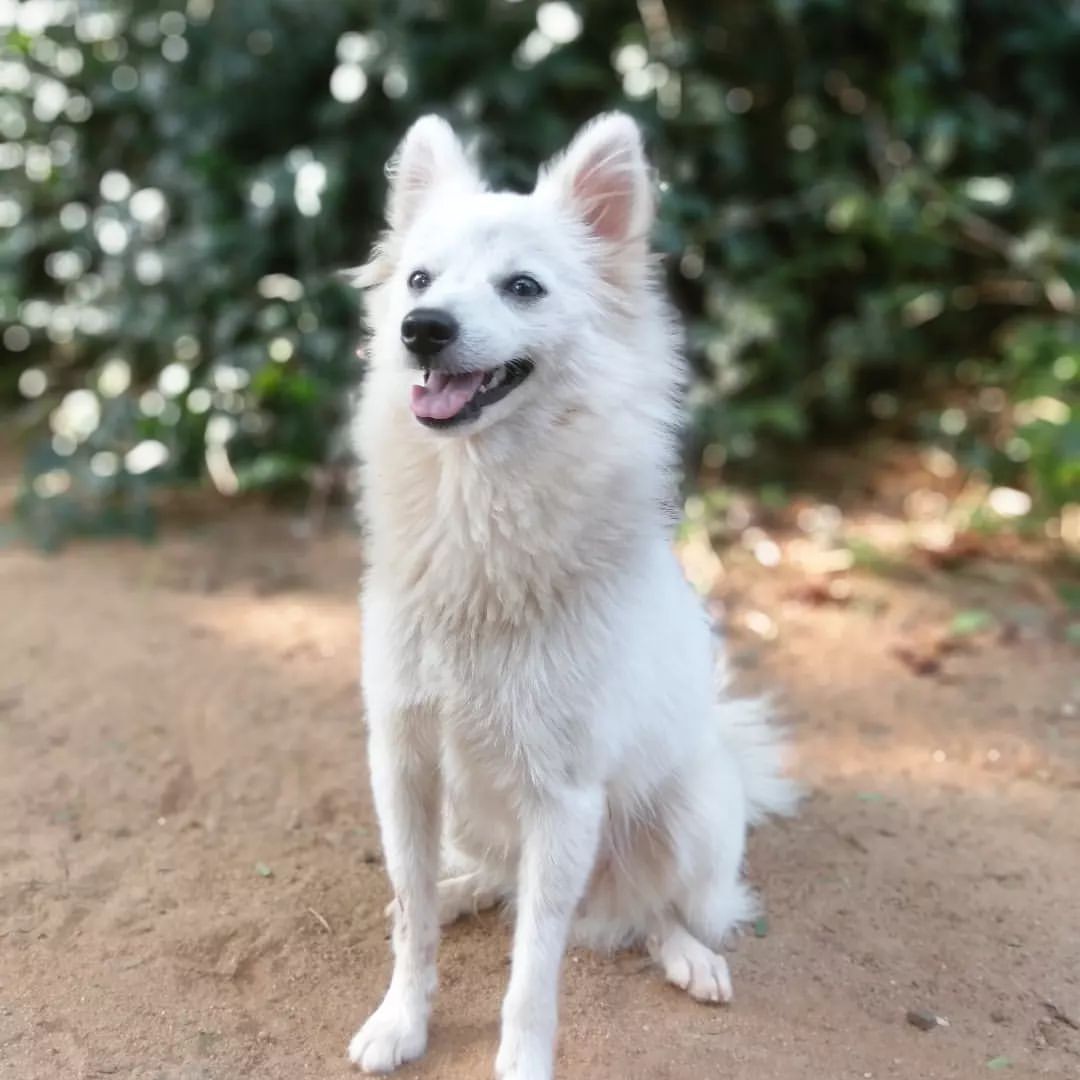
Indian Spitz dogs require a rich diet containing all essential nutrients. Their diet should contain a balance of calcium, fatty acids, vitamins, and proteins. Because of their adaptability to the Indian lifestyle, homemade food such as rice, chicken, and fish can be suitable for them, but it is good to take vet advice. You can also feed eggs and raw meat to them.
The Indian Spitz puppy has to be fed several times a day in the early stages of life. Adult Indian Spitz needs meals twice a day.
Indian Spitz’s are prone to gain weight, thus a balanced diet is must. You can feed chicken or fish, grains and veggies in their meals with proper portion control. Thus, do not overfeed and prevent weight gain. The right nutrition keeps them healthy and happy.
Explore sploot's fresh dog food to meet your Indian Spitz's nutritional requirements. Now, don't worry about your dog's nutrition. Start our fresh dog-food subscription and give them the most nutritional food!
Indian Spitz Health Considerations
Indian Spitz’s are active and require regular physical activity to maintain good health. Indian Spitz live 12-16 years and may live longer with proper care. But Indian Spitz's face some health problems. They are prone to dental problems which require regular teeth cleanings. Regular cleaning will also prevent gum disease.
Indian Spitz gain weight quickly if they do not have nutrition and exercise. Increased weight creates various health issues. A balanced diet and regular exercise helps to manage their weight.
Hip and elbow dysplasia are common in Indian Spitz. Exercise helps prevent joint problems. Regular grooming and veterinary consultation address potential concerns, if any. Small activities and a daily walk keep them healthy.
Looking for the best grooming services near you? Check out sploot's dog grooming services. Get professional care and expert advice on your dog's health, with online vet consultation.
Simple actions can help your Indian Spitz have a long and healthy life.
Join the Sploot Community
Be a part of the sploot family and start a journey of better dog parenting.
What will you get? Connect with 50,000 like-minded people and canine experts. You can ask questions and give your insights. You will also get knowledge of delicious fresh food options for your dog and can attend Pup Talks, events and more. To learn more about sploot, follow us on Instagram.
FAQs on Indian Spitz Temperament
1. Is an Indian Spitz aggressive?
No, Indian Spitz is not aggressive. They have a friendly and outgoing nature. However, it may vary depending on individual personality, their upbringing, and socialisation.
2. Does Indian Spitz bark a lot??
Indian Spitz's are vocal and bark frequently. They are alert dogs and bark to alert humans about any unusual/ strange activity or noise.
3. Are the Indian Spitz and Indian Pomeranian Dog the same?
No, these are two different breeds. They have some physical resemblance, but both have different origins and temperaments.
4. Can Indian Spitz be left alone?
Indian Spitz’s are social. They do not like to be alone for a long time. But if they are alone, they become anxious or sometimes destructive.
5. Is Indian Spitz high maintenance?
No, Indian Spitz is a low-maintenance breed. But they require regular grooming to maintain their thick coat and moderate exercise for a healthy life.
6. What is the typical Indian Spitz dog lifespan?
The typical Indian Spitz dog's lifespan is around 12 to 16 years.


